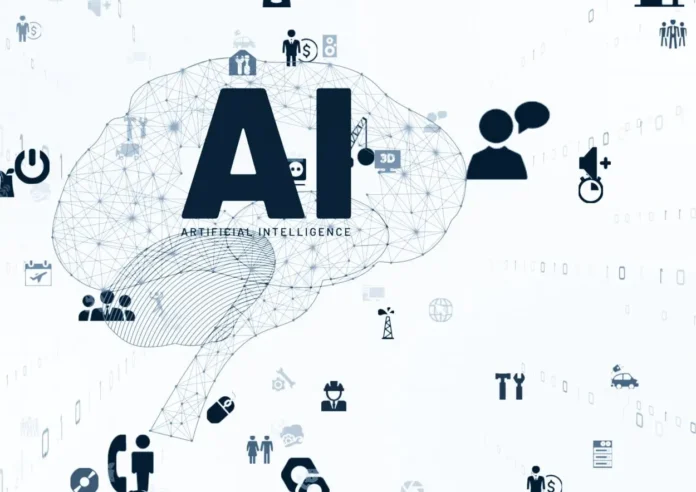Explore the transformative power of generative AI in content creation, where advanced algorithms are revolutionizing the production of text, images, and more across various industries. This article debunks the potential of AI, balancing its innovative capabilities with the need for human oversight and ethical considerations. HighlightsUnderstanding generative AI contentThe potential of AI for content creationAdvantages...
RELATED ARTICLES
© NewInAsia.com 2025








